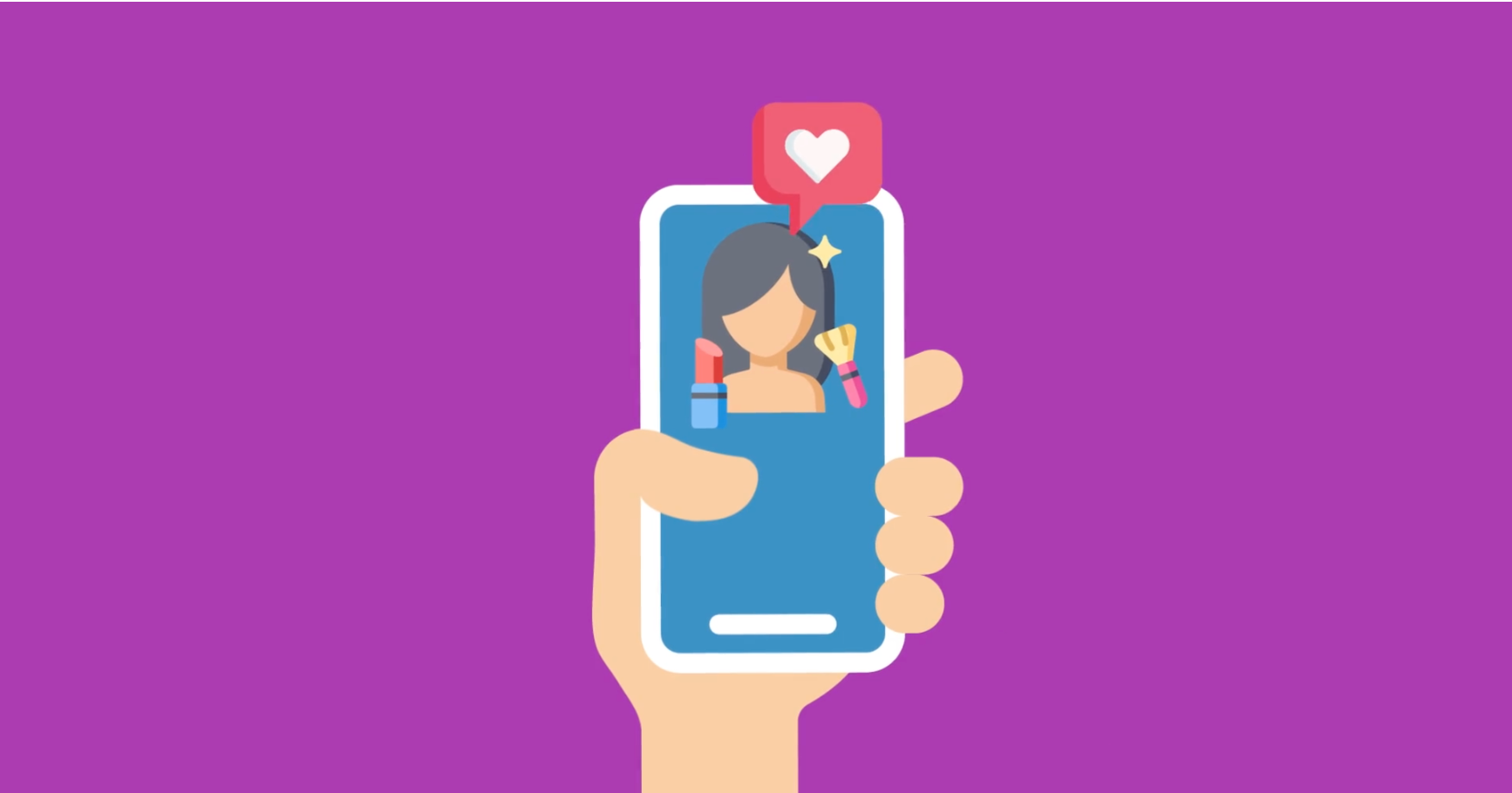QR codes are a great way to provide shoppers with more information than you have room to display in stores. But can brands use them to help drive sales to retailers? They can, if done right (and far too many brands are doing it wrong).
In part 1 of this article: QR Codes—What Are They And Should I Use Them?, we covered the basics of how QR Codes work, the possible pitfalls, and the real value they can provide to retailers. In this part we’ll lay out some of the most effective ways of brand usage of QR code to drive retail sales.
QR codes are still somewhat of a novelty. If brands want to use them effectively, they’ll need to do more than just paste them on everything.
Effective QR code usage can show a consumer something they couldn’t have seen by simply looking at the product or the packaging on the shelf or that could be seen on any in-store display. It’s frustrating for a consumer to simply see that same information, just smaller and on their phones. Codes that go direct to video and audio don’t work great in stores either, especially where it’s noisy and public.
What does work is giving the shopper access to detailed product information, customer testimonials, and special offers. All things they might not see standing in front of the product.
The most important thing, the first thing, that a brand can do to build an effective QR code campaign is to start with the website. It’s pointless to use QR codes to send someone to a site that they can’t view on their mobile phone! That means mobile-friendly websites, no Adobe Flash, and no tiny, impossible-to-click-with-your-fingers buttons. Getting that target website done correctly is more than half the battle.
Some examples of things that shoppers want to see when they scan a QR code are customer testimonials, FAQ-style information displays, and most importantly, coupons and special offers.
This kind of special offer can be very effective. Think “manufacturer coupon” without the printing and mailing costs. A brand’s objective with a QR code should be to get the consumer to buy now, on the spot, at that retailer. Anything that can incent the shopper can be effective. Brands can use shoppers on phones to display a mail in or online response offer, even coupons that can be redeemed at the point of purchase. Make is a simple and direct as possible, requiring as little as possible from the shopper.
Here are a few of the basics of great brand sales oriented QR code usage:
1. Use Signage: Use general retail store signage to inform customers that QR codes are available to provide additional product information and special offers.
2. Involve Retailers: Encourage retailers to test the QR codes you provide and encourage retailers to educate their floor sales staff.
3. Be Smart With Display: Display QR codes where consumers can easily scan them. That means at eye and shelf height, not on highly hung posters, billboards, or moving objects.
4. Make It a Win/Win: Only use codes that pay off for the consumer. If they don’t offer more than the product packaging or in-store display, don’t bother.
5. Make It Easy: Don’t use a QR code when a few words or an image can do the same job. It’s work for a consumer to scan a QR code.
6. Try To Drive Sales: Use QR codes on product packaging, shelves, and in-store displays to drive sales.
7. Provide Value After the Sale: Use QR codes on the product or product materials to offer post-purchase value to consumers, like usage suggestions (for example, recipes for food items).
8. Be Descriptive: Use text with the QR code to indicate what the shopper will get by scanning the code. “Scan this to see it in action!”
9. Be Thorough: Also use a simple URL as an alternative method of getting the same information, just keep this website address short!
QR codes are still a novelty, but they’re worth experimenting with, especially if you can use them to drive retail sales. The additional engagement between the brand and retailer is an added bonus.

